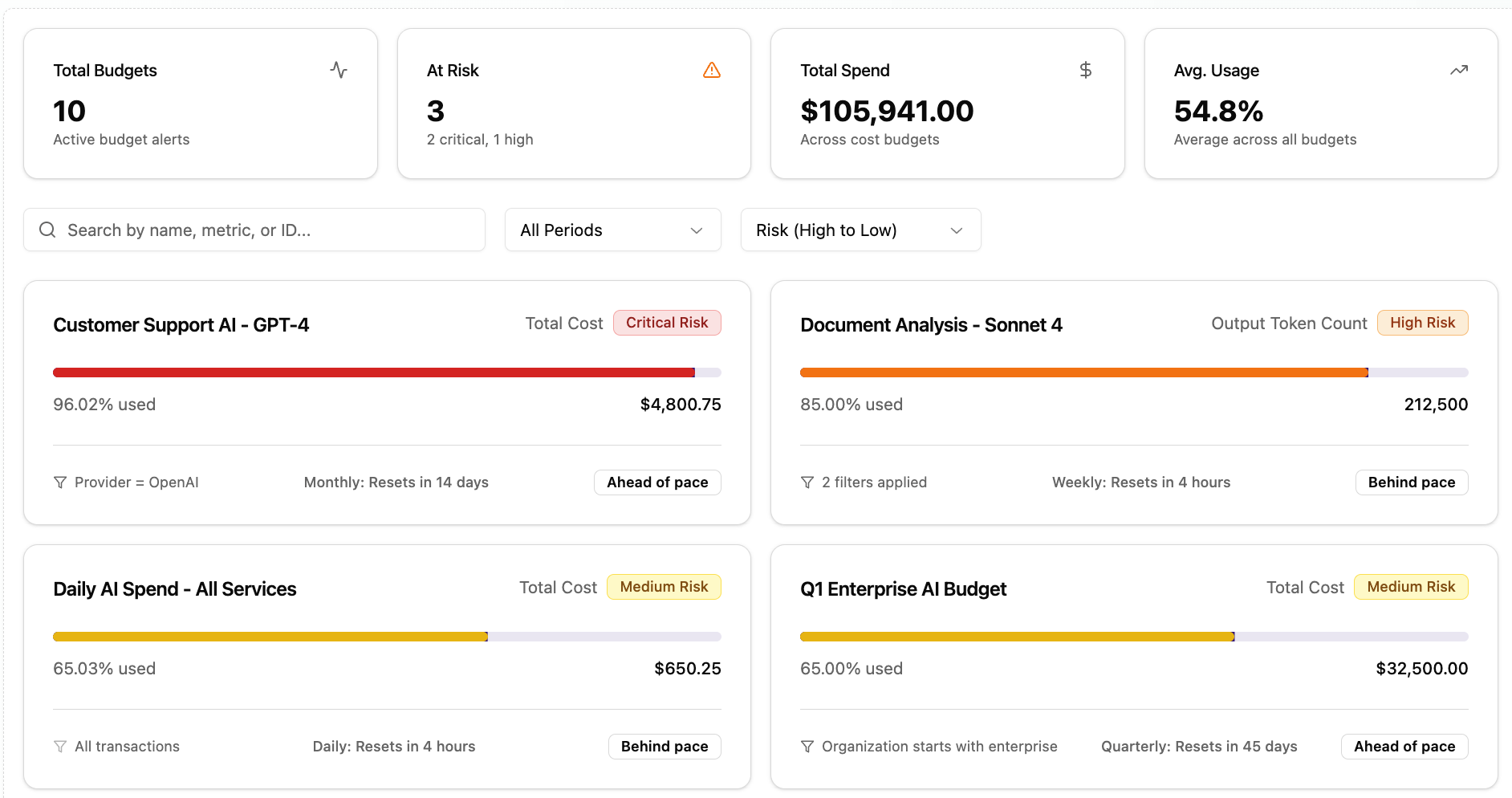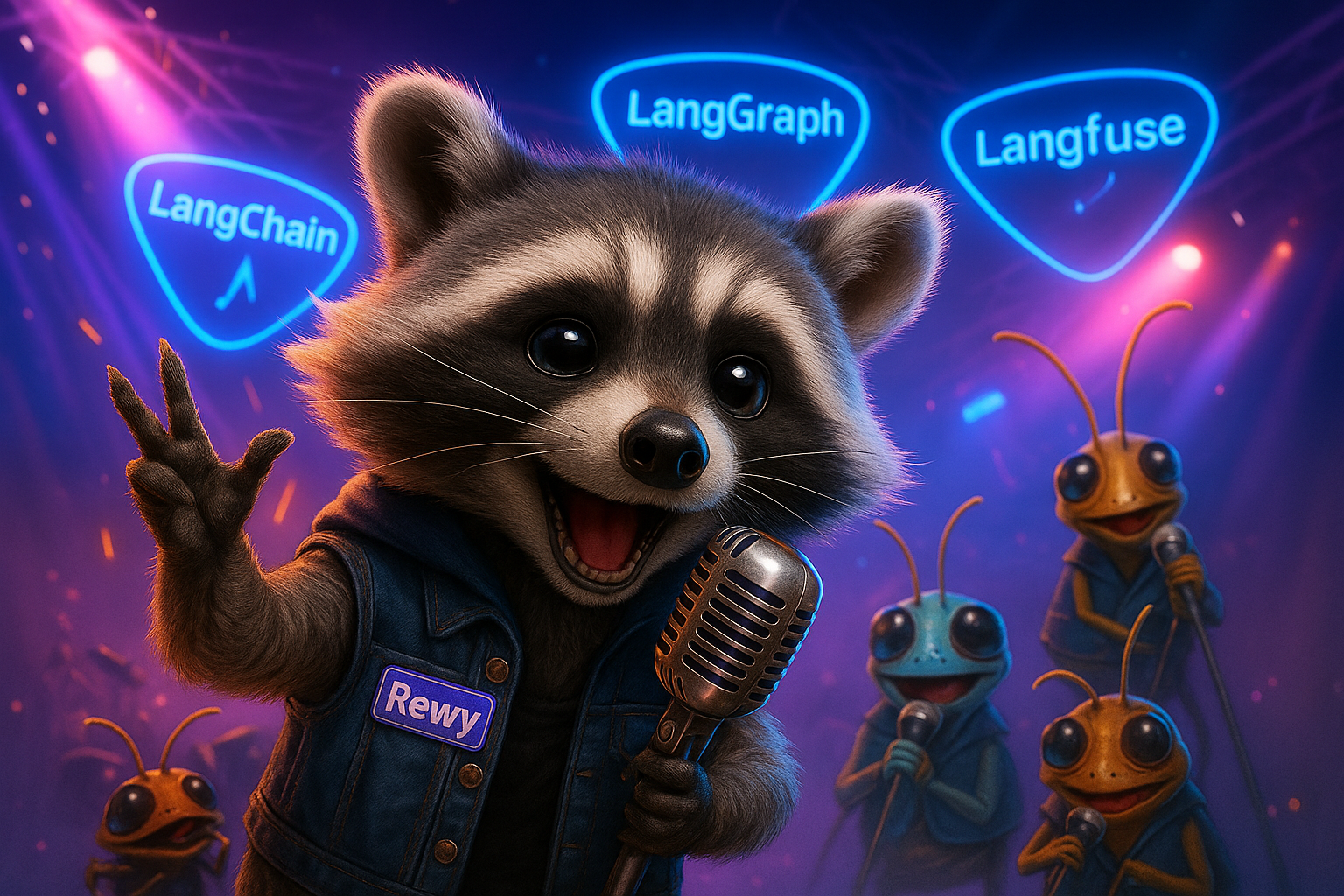A team deployed four LangChain agents to production. Week one cost $127. Week four? $18,400. Total damage before they caught it: $47,000. The culprit wasn't a bug in their code, it was two agents stuck in an infinite conversation loop for 11 days.
This isn't an edge case. It's the new normal for agentic AI.
The Infrastructure That Doesn't Exist Yet
Multi-agent systems represent a fundamental shift in how we build with AI. Single models hit a ceiling—they're generalists. Real-world problems need specialists working together. Agent-to-Agent (A2A) communication and protocols like Anthropic's Model Context Protocol (MCP) make this coordination possible.
The problem? We're building the future on infrastructure from 2005.
Thirty lines of code can now spin up three agents coordinating across multiple data sources. What took entire engineering teams five years ago is now a weekend project. But production is where the dream dies. Because nobody built the economic control plane.
Why This Matters for AI Economics
When agents talk to each other, every conversation costs money. Tokens accumulate. API calls multiply. Context windows expand. And unlike traditional software where costs are predictable, agentic systems are non-deterministic by design.
This is exactly the problem we saw with early cloud adoption. Shadow IT, lack of cost attribution, reactive management, we watched companies bleed millions before FinOps emerged as a discipline. AI is following the same pattern, except it's moving 100x faster.
The $47K loop is a symptom of a larger issue: you can't manage what you can't see.
The Seven Production Disasters
Beyond infinite loops, here's what's happening in production right now:
The Context Truncation: Agent A sends detailed instructions. MCP context hits the token limit. Agent B receives half a message and makes decisions on incomplete data.
The Token Explosion: An agent loads entire documentation into context on every single request. Expected cost: $30/day. Actual cost: $1,350/day.
The Silent Killer: Agents run successfully and return completion messages. Nobody notices the actual output says "I apologize, but I couldn't complete that task due to insufficient context." The failure is invisible.
The Cascade Failure: One agent fails. Three others wait for its response. The system hangs. Users leave. Revenue stops.
The Coordination Deadlock: Agent A waits for Agent B. Agent B waits for Agent C. Agent C waits for Agent A. Nobody moves.
Each of these scenarios has the same root cause: there's no economic visibility layer.
What Agent Economics Actually Requires
After that $47K wake-up call, the team spent six weeks building infrastructure from scratch. Not because they wanted to, because they had no choice. They needed:
Per-agent cost attribution: Which agent is driving spend? Which conversations are expensive?
Conversation tracing: What's the full thread of A2A communication? Where did it go off the rails?
Budget thresholds: Hard limits on daily spend. Automatic alerts at 80% threshold.
Loop detection: Pattern recognition for circular conversations or runaway token consumption.
Real-time monitoring: Live dashboards showing agent health, A2A latency, token usage, and spend.
This is the infrastructure layer that doesn't exist. And until it does, every team deploying multi-agent systems is building it themselves, or learning the hard way.
The System of Record Problem
In traditional software, we have established patterns. Stripe handles payments. Datadog monitors infrastructure. PagerDuty manages incidents. These became systems of record because they solved universal problems.
AI doesn't have its system of record yet. Specifically, it lacks:
Transaction-level visibility: Every AI call - what it cost, what it produced, what business outcome it drove.
Economic correlation: How does this agent's spend connect to revenue, customer success, or product value?
Governance controls: Policy-based spend limits, approval workflows, anomaly detection.
Without these, you're flying blind. And when agents start talking to each other, the blindness compounds.
What This Means for Your Team
If you're building with multi-agent systems, whether LangChain, CrewAI, or custom A2A architectures, you need to instrument economic visibility before deployment.
Start with these questions:
Can you trace every agent conversation back to its business context? If an agent spends $5,000 in a day, can you tell which customer, feature, or workflow drove that spend?

Do you have hard limits? Not soft alerts that email someone at 3am. Hard stops that prevent runaway spend.

Can you attribute costs at the agent level? Not just model-level or API-level. Which specific agent is expensive? Which conversations blow the budget?

Do you monitor agent-to-agent coordination? Can you see when agents are stuck, looping, or deadlocked?

If you can't answer these questions, you're one deployment away from your own $47K story.
In practice, teams only prioritized hard budget thresholds and attribution after experiencing a costly incident like this one.
The Path Forward
The future is multi-agent. A2A communication unlocks coordination between specialized agents. MCP standardizes how agents access context and tools. This is happening now. The question isn't whether to adopt it, but how to do it responsibly.
The infrastructure layer is being built right now. The teams that get this right will instrument economic visibility from day one. They'll treat agent spend like they treat infrastructure spend, with monitoring, attribution, governance, and continuous optimization.
The teams that don't will learn the hard way. And $47K is on the low end of what that education costs.
Don't Wait for Your $47K Wake-Up Call
Start with visibility. Instrument your agents to report usage, cost, and business context. Build attribution into your architecture, not as an afterthought.
Because the question isn't "Will I need this?" The question is "Will I learn this the $47K way or the easy way?"
The infrastructure layer for agent economics is the missing piece. Until we solve it, we're building skyscrapers on sand.
Multi-agent systems are the future. Make sure you can afford to scale them.
Sources
- Towards AI — “We Spent $47,000 Running AI Agents in Production. Here’s What Nobody Tells You About A2A and MCP.” Link





.webp)